latest
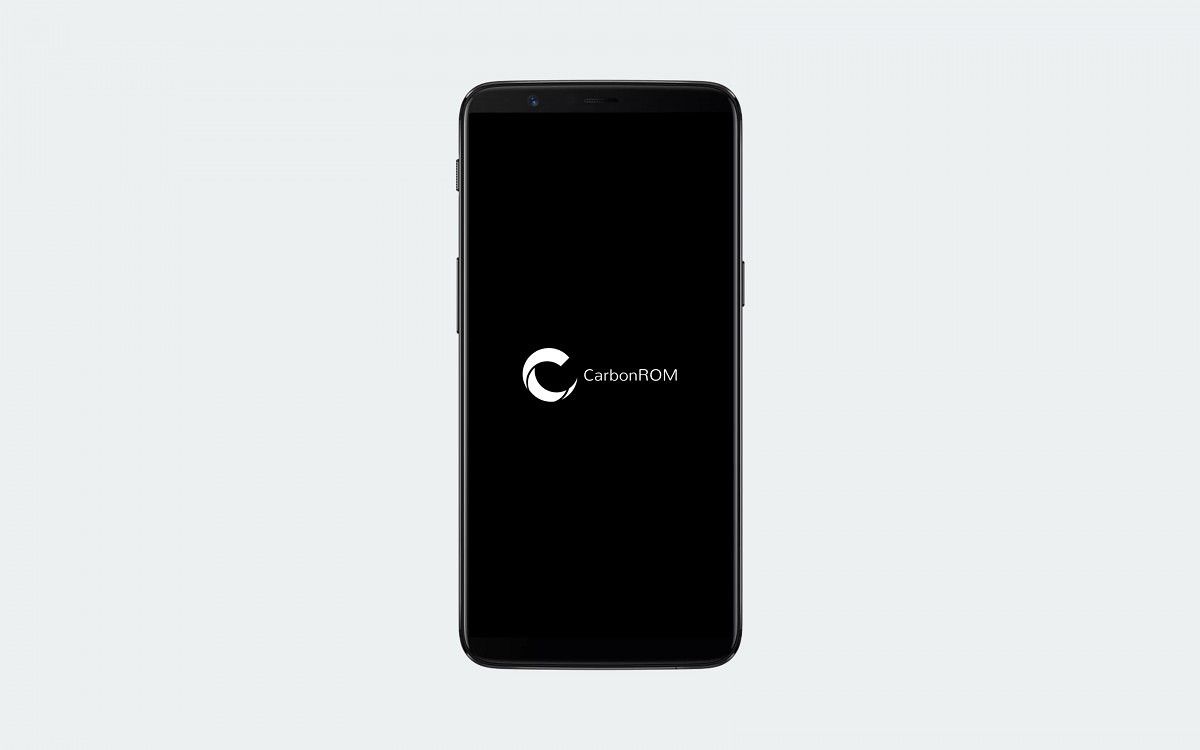
CarbonROM releases its Android 10 custom ROM for 13 Google, Xiaomi, and OnePlus devices
The CarbonROM 8.0 builds are now live for 13 devices including the OnePlus 7 Pro, OnePlus 6 / 6T, POCO X2, Redmi Note 7, and more.
In a blogpost, the CarbonROM team has announced the release of first official Android 10 based builds for Xiaomi, OnePlus, Essential and Nexus devices. The new CarbonROM revision 8.0 is codenamed PAX, after the Latin word for peace. This new release not only bumps up the Android version officially, but it also brings along the latest security patches from the month of April 2020.

TWRP adds support for the Realme X2, Realme XT, and Xiaomi Mi Pad 4
Team Win Recovery Project (TWRP) now officially supports the Realme X2, the Realme XT, and the Xiaomi Mi Pad 4 and Mi Pad 4 Plus.
Team Win Recovery Project, or TWRP for short, is the most popular custom recovery software designed for Android devices. It can make and restore full data backups, modify protected files, flash zip archives that contain modified apps or aftermarket OSes, and do much more. It's available for a plethora of devices, and the list of supported devices keeps growing. Recently, the team officially added support for the Realme XT, the Realme X2, and the Xiaomi Mi Pad 4.

Android 10 custom ROMs are available for the OnePlus 3/3T, Xiaomi Mi Pad 4 & Mi 6X, Huawei P Smart 2018, Samsung Galaxy A70, and Sony Xperia XA2 Ultra
The OnePlus 3/3T, Xiaomi Mi Pad 4 & Mi 6X, Huawei P Smart 2018, Samsung Galaxy A70, and Sony Xperia XA2 Ultra have now received Android 10 custom ROMs.
Google released the Android 10 source code early last month, shortly after it rolled out stable Android 10 to the Pixel lineup. Since then, several devices have received Android 10-based custom ROMs, including the Xiaomi Redmi 2, Moto G 2015, Sony Xperia Z3 Compact, HTC 10, HTC One M8, Realme 3 Pro, Samsung Galaxy S7, Xiaomi Mi A2 Lite, Lenovo ZUK Z1, and Sony Xperia XA2. Most recently, the Xiaomi Mi A3, Moto G5S Plus, LeEco Le 2, Lenovo Vibe K5 Plus, Samsung Galaxy A5 and Huawei Mediapad M3 Lite got a taste of Android 10. And now, six more devices, including the OnePlus 3/3T, Xiaomi Mi Pad 4 & Mi 6X, Huawei P Smart 2018, Samsung Galaxy A70, and Sony Xperia XA2 Ultra, have joined the list.
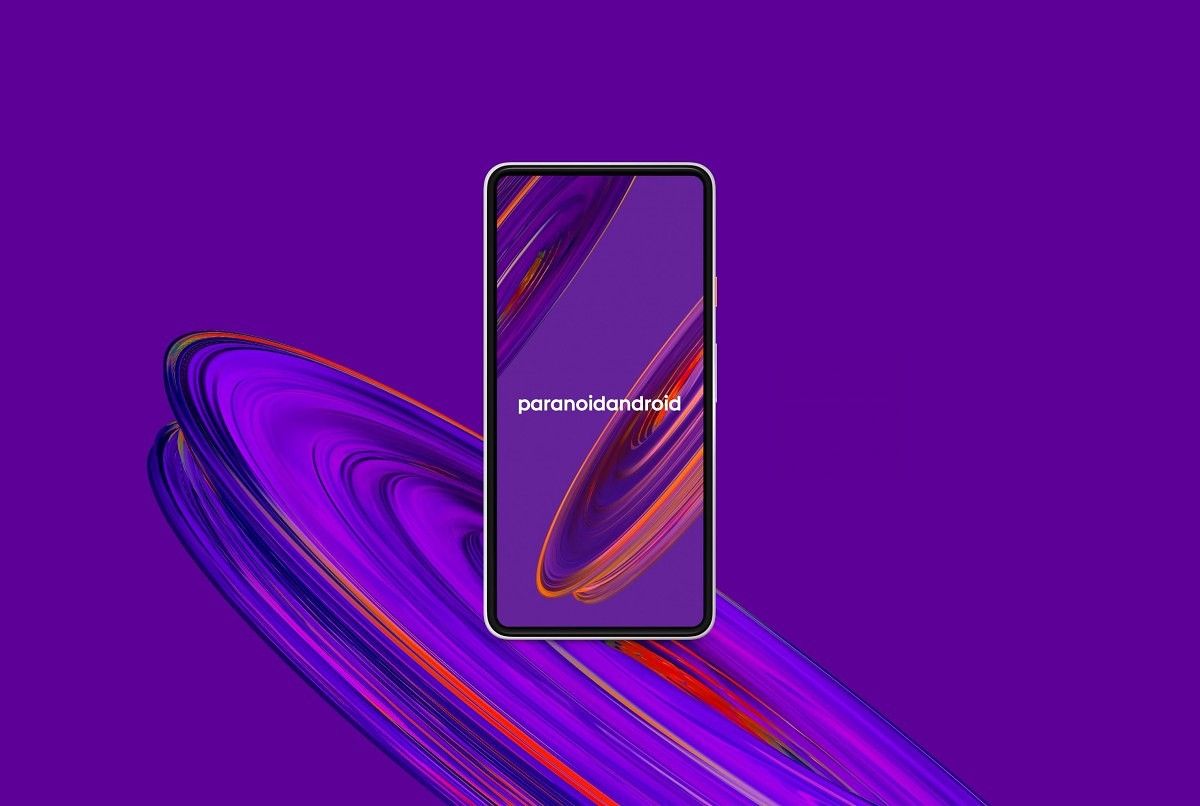
[Update: More Devices] Paranoid Android gets new features on the Xiaomi Redmi Note 5 Pro, Essential Phone, and several Sony phones
Paranoid Android is rolling out new beta builds with new features for devices like the Xiaomi Redmi Note 5 Pro, Essential PH-1, Sony Xperia X and more!
After a bit of development hiatus after the release of their Android Oreo builds, Paranoid Android announced their return with the release of Android Pie ROMs. Supported devices for the initial release included the Xiaomi POCOF1, Xiaomi Mi 8, Xiaomi Mi 6, Xiaomi Mi 5 and Xiaomi Mi Mix 2S, with beta releases for the Essential Phone, OnePlus 6, OnePlus 6T and the Moto G5 Plus.
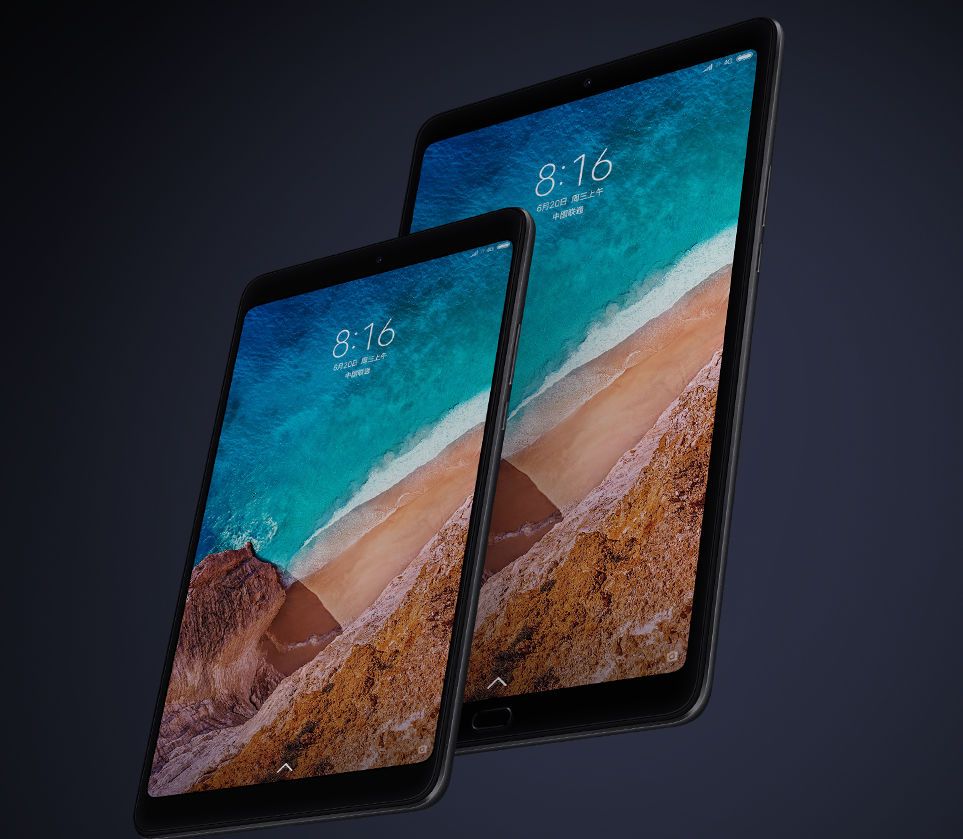
arter97's custom kernel and vendor images greatly improve the Xiaomi Mi Pad 4's performance
With the release of the "Pie Software Collection for the Mi Pad 4," tablet owners are getting a custom kernel and a port of the entire Mi A2 vendor image.
Xiaomi (and a lot of Chinese OEMs) have had a difficult time complying with the rules of the GNU GPL when it comes to releasing the kernel source code for their Android products. The company said they would start doing this 3 months after the release of a new product, but that wasn't the case with the Xiaomi Mi Pad 4. The device launched in June of last year and, as of October, they had yet to comply with the GPL. Thankfully, they finally released it (a month after we reported on their tardiness) and it has helped developers work their magic on the device.
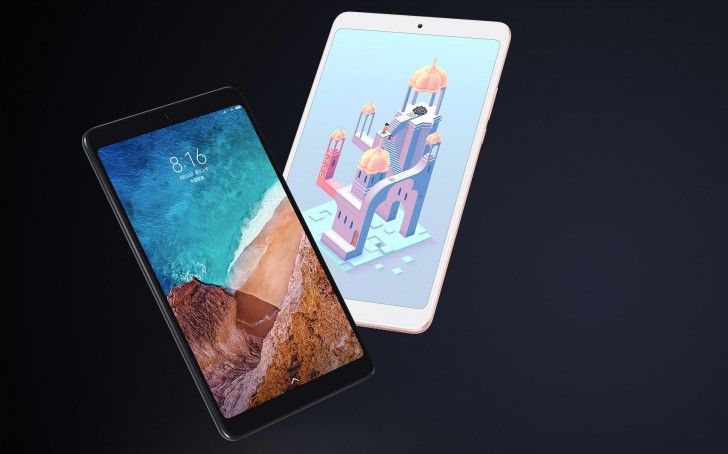
Xiaomi Mi Pad 4's kernel source code is (finally) available
Xiaomi has finally released kernel sources for their Xiaomi Mi Pad 4 tablet. If you were looking forward to it, check it out now!
Some months back, Xiaomi publicly committed to releasing kernel source code within 3 months after a device's release. For the most part, they've managed to keep that promise as most Xiaomi phones' kernel source code was released on time, allowing for custom development to progress greatly on these devices. But there has been one notable exception: the Xiaomi Mi Pad 4. The Mi Pad 4 was released in June, around 5 months ago, and Xiaomi didn't release its kernel source code inside that 3-month promised timeframe. Luckily for users of the Xiaomi Mi Pad 4 looking forward to modding their devices, the kernel source code has finally been released for this device.

Download MIUI 10 China Stable for the Xiaomi Mi Pad 4
An update to MIUI 10 China Stable is now available for the Xiaomi Mi Pad 4/Mi Pad 4 Plus, bringing all of MIUI 10's improvements. Download it now!
One of the few manufacturers trying to keep the tablet market alive, aside from Samsung and their Galaxy Tab line, is Xiaomi. Xiaomi's recently launched Mi Pad 4 isn't flagship quality, but if all you want is simply a decent multimedia tablet then the Mi Pad 4 does the job does fine. The Xiaomi Mi Pad 4 features a mid-range Qualcomm Snapdragon 660 SoC with 4 GB of RAM, an 8.0-inch 1200x1920 display, and a big 6,000 mAh battery. There's also a Mi Pad 4 Plus model with a 10.1-inch display and 8,620 mAh battery. The Mi Pad 4, like nearly every other Xiaomi device out there with the exceptions of the Mi A1/A2 Android One devices, runs Xiaomi's MIUI. If you were looking forward to the MIUI 10 update for your tablet, it's finally rolling out to the stable branch according to one Redditor.
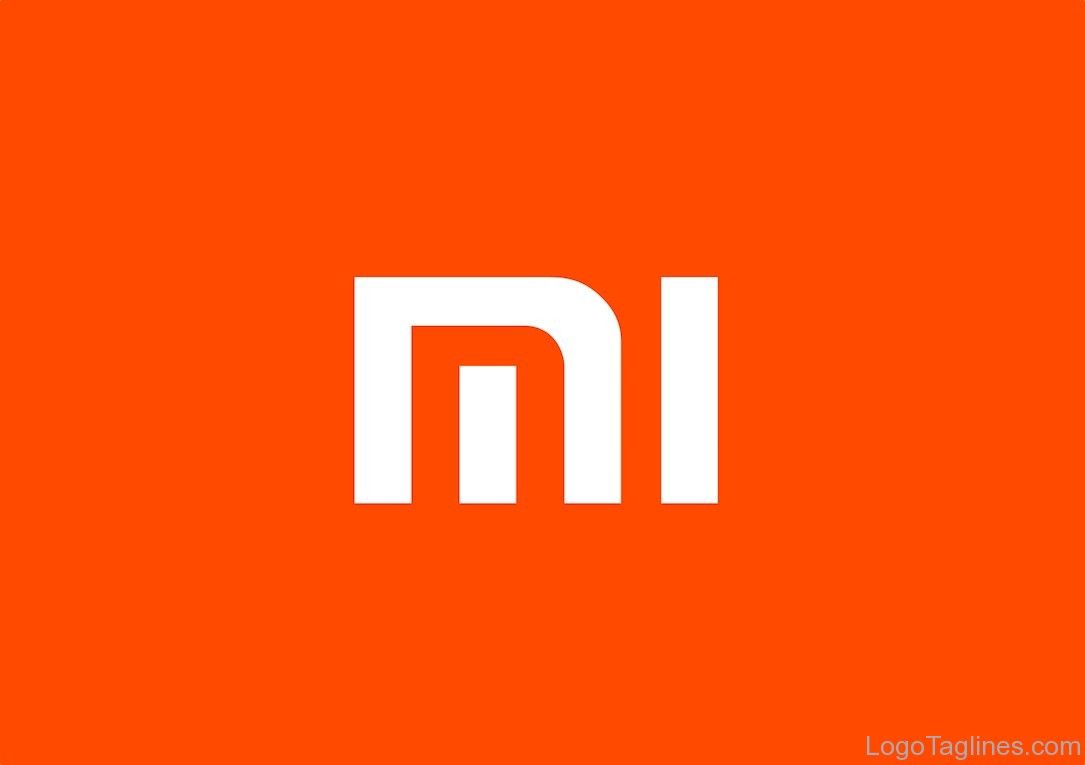
PSA: Flashing MIUI Global on these Xiaomi devices may brick your device
If you flash MIUI Global ROM on certain Xiaomi devices with a locked bootloader, your device will not boot. Here are the Xiaomi devices that could brick.
Chinese electronics maker Xiaomi is a giant not only in their home country of China but also in India and other Asian countries. They've also recently started expanding into Europe. Their smartphones and tablets are incredibly popular for their price-performance ratio. You can get the latest Xiaomi smartphone, laptop, wristband, and Bluetooth headset for the same price as a new iPhone. The incredible value of their products has led many to import their products to other countries. Third-party retailers have taken advantage of Xiaomi's popularity in the reseller market by promising customers they'll get the "global" version of a Chinese Xiaomi device, even if a global version doesn't actually exist. Xiaomi has started to crack down on these resellers, and in their latest move, they are preventing their devices from booting out-of-region MIUI devices.
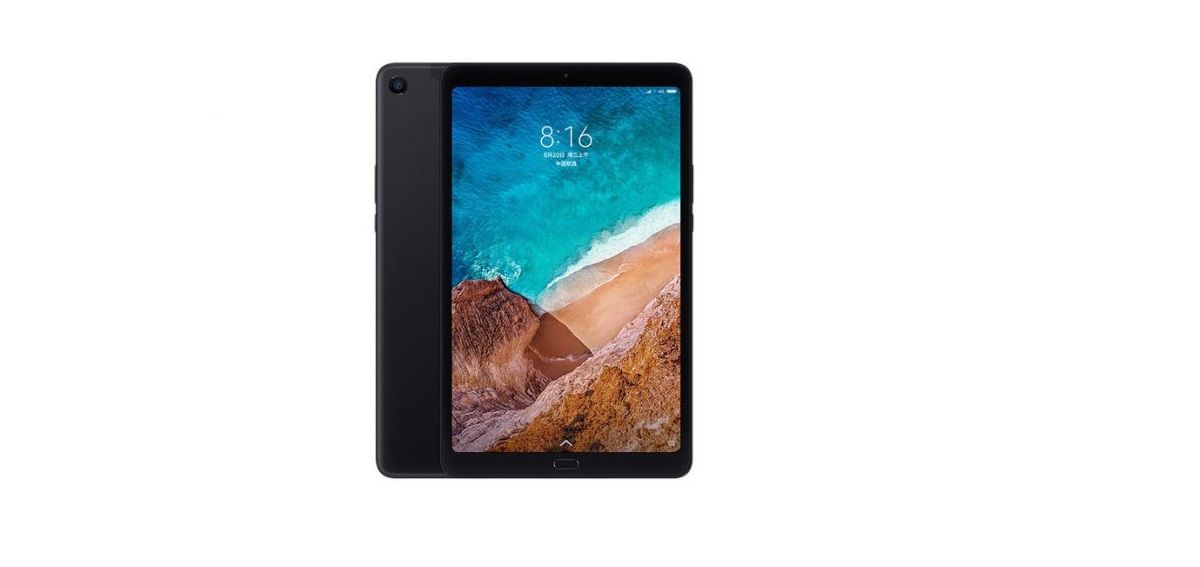
Xiaomi launches the Xiaomi Mi Pad 4 Plus with a 10.1" display, Snapdragon 660, and a 8,620mAh battery
A report by MySmartPrice states that Xiaomi is developing a new Android tablet named the Xiaomi Mi Pad 4 Plus. It will have a 10-inch display.
The Xiaomi Mi Pad series of affordable tablets has always provided great value in terms of specifications and pricing. Availability of the Mi Pad series can be an issue as Xiaomi tends to sell them mostly in China, but they remain the go-to choice for buyers looking for an affordable Android tablet that does not have outdated specifications. The Xiaomi Mi Pad 4 was launched in China in June as the latest iteration of the Mi Pad series with an 8-inch WUXGA (1920x1200) IPS display and the Qualcomm Snapdragon 660 SoC. Now, Xiaomi has made the Xiaomi Mi Pad 4 Plus official.

Every upcoming/unreleased Android smartphone and tablet we're monitoring
Here's a list of every Android smartphone and tablet from Xiaomi, Samsung, OPPO, Huawei, Google, Vivo, Sony, Nokia, Motorola, etc. we're monitoring.
Android smartphone and tablet leaks can be exciting, but there are so many new devices on the horizon that it can be a real headache to keep up with them all. There's the Samsung Galaxy Note 9, Google Pixel 3, Nokia 9, Sony Xperia XZ3, Huawei Mate 20, and Motorola One Power just to name a few. From what I can see, there are over 100 upcoming devices from major device makers such as Google, Huawei, LG, Nokia, Samsung, and Xiaomi. To wrap my own mind around the confusing mess of smartphone leaks and to help others who have trouble keeping up with all of the rumors, I've put together several tables sorted by brand of every upcoming/unreleased Android smartphone, tablet, and smartwatch.

Xiaomi Mi Pad 4 forums are now open
The Xiaomi Mi Pad 4 has just launched, so we've opened up the forums so you can find all of the latest ROMs, kernels and guides all in the one place.
The Xiaomi Mi Pad 4 just launched, a brand new tablet with some top-end specifications by Xiaomi. Their devices are often unlockable and have huge developer communities. The Xiaomi Redmi Note 3 forums were (and still are) one of our most popular ever. Although tablets are facing a decline in demand, that doesn't mean Xiaomi has given up on them. And with the Mi Pad 4's stunningly low price and support for Project Treble, we expect great things from the device.

Xiaomi Mi Pad 4 is official with an 8-inch display and Snapdragon 660
Xiaomi has launched the Mi Pad 4, which is the successor to the Mi Pad 3. The tablet has a 8-inch WUXGA display and is powered by the Snapdragon 660.
Android tablets may well face a general decline in demand, but clearly, that hasn't stopped Xiaomi from releasing a new Android tablet. The company's Mi Pad series of tablets are some of the few Android tablets that are worth recommending because of their respectable specifications and affordable prices, at a time when most Android tablets have outdated specifications.






